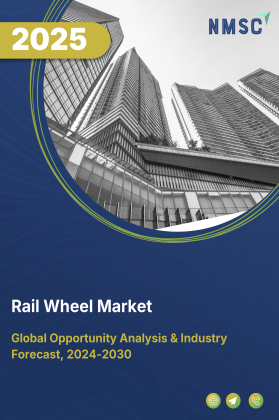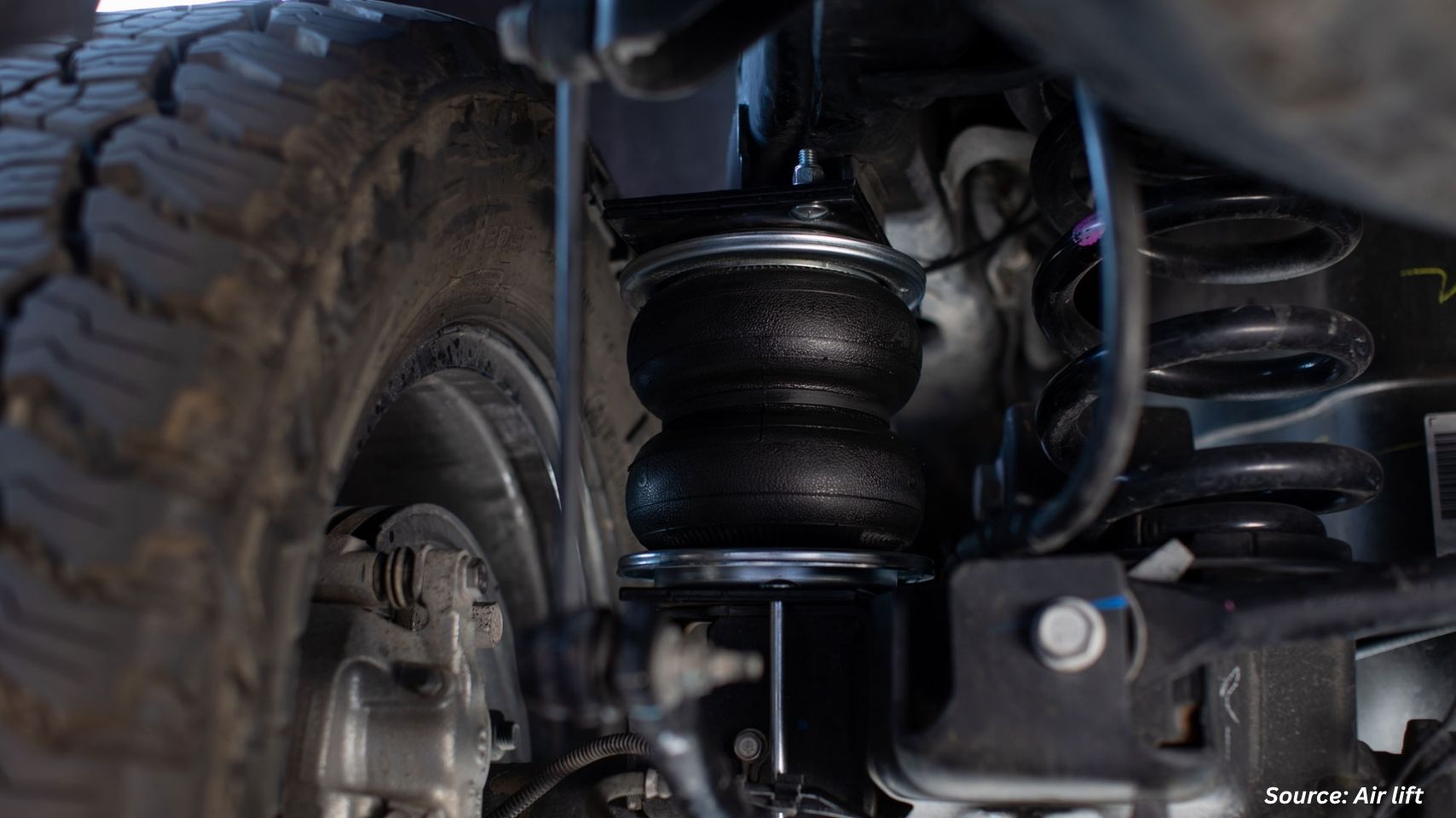
Automotive Trailer Market by Trailer Type (Dry Van & Box, Tipper, Chemical & Liquid, Flatbed, Refrigerator, and Others), by Axle Type (Single Axle, Tandem Axle, and Three or More Than Three Axles), and by Vehicle Type (Two-wheeler & Bicycle, Commercial Vehicle, and Passenger Car) - Global Opportunity Analysis and Industry Forecast, 2022-2030
Industry: Automotive & Transportation | Publish Date: 31-Dec-2024 | No of Pages: 287 | No. of Tables: 161 | No. of Figures: 131 | Format: PDF | Report Code : AT303
Market Definition:
The Automotive Trailer Market size was valued at USD 23.61 billion in 2021 and is predicted to reach USD 32.45 billion by 2030 at a CAGR of 3.5% from 2022 to 2030.
An automotive trailer is an unpowered vehicle towed by a motor vehicle through a hitch and is used for transporting heavy goods and commodities. Trailers are used for personal work with any powered vehicle with an appropriate hitch and for cargo transportation with semi-trailer trucks that are a part of large trucks. Automotive trailers are found in single and multiple axles, such as utility trailers, travel trailers, or campers, depending on the requirement. Automotive trailers are generally used to transport various goods such as heavy cargo, bicycles, livestock, fishing boats, and mobile homes.
Market Dynamics and Trends:
Increasing demand for cold chain logistics to transport pharmaceuticals, vaccines, chemicals, and food & beverages globally, along with the expansion of the logistics industry that uses automotive trailers, is expected to drive the growth of the automotive trailer market during the forecast period. For instance, in November 2020, the Indian Ministry of Food Processing Industries (MoFPI) announced 27 new projects to improve local cold chain infrastructure. This initiative will help to boost the export potential of the local agri-food sector and streamline the agricultural supply chain.
Also, factors such as improvement in road connectivity and better road conditions are significant factors fueling the market’s growth.
Moreover, expansion in manufacturing industries, such as textiles, motorbikes, oil & gas, and agriculture, requires the utilization of automotive trailers for shipment of raw materials and finished goods, which in turn boosts the market growth. For instance, in May 2022, BayoTech announced that it received orders for 12 HyFill hydrogen transport trailers from three of the world’s leading industrial gas companies for delivering high-pressure gaseous hydrogen to support motive and stationary fuel cell applications in California.
However, the high cost of maintenance of trailers and alternative modes of cargo transport such as marine, railway, and air transport hamper the market growth. On the contrary, technological advancements, including the installation of advanced devices such as temperature recorders with built-in GSM/GPS modems and remote temperature monitoring in refrigerated trailers, are expected to create lucrative growth opportunities for the market players in the future.
Market Segmentations and Scope of the Study:
The global automotive trailer market is segmented based on trailer type, axle type, vehicle type, and geography.
Based on trailer type, the market is classified into dry van & box, tipper, chemical & liquid, flatbed, refrigerator, and others. Based on axle type, the market is categorized into single axle, tandem axle, and three or more than three axles. Based on vehicle type, the market is divided into two-wheeler & bicycles, commercial vehicles, and passenger cars. The report contains the geographical breakdown and analysis of each of the abovementioned segments across four regions, namely North America, Europe, Asia-Pacific, and Rest of the World (RoW).
Geographical Analysis:
Asia-Pacific dominates the global automotive trailer market and is expected to remain dominant throughout the forecast period due to the growing government support for using double and triple-deck trailers and the increasing number of infrastructure development initiatives by several governments that require trailers for transporting construction materials and equipment. For instance, in December 2021, the Ministry of Road Transport & Highways (MoRTH) proposed and allowed the usage of triple-deck motorized trailers that will enhance the carriage capacity by almost 40-50% for increased shipment. Also, factors such as the cost-effectiveness of trailers and regional treaties that encourage cargo transportation further drive the market growth in this region. For instance, The China-Central Asia-Western Asia Economic Corridor (the CCWA Economic Corridor) links road and railway networks from China to the Mediterranean Sea to enhance limited trade relations within the economic corridor, which enables easy flow of goods beyond boundaries.
On the other hand, North America has shown substantial growth in the automotive trailer market due to the adoption of advanced technologies to modify trailers in this region. For instance, in March 2022, Wabash and Clarience Technologies collaborated to launch a new technology, Road Ready advanced telematics systems for trailer application that enables tracking, map view, and location status, among others. Also, key players such as Utility Trailer Manufacturing and Great Dane Trailers INC are adopting various expansion and innovation strategies to propel the market in this region. For instance, in April 2022, Utility’s Paragould manufacturing plant announced that its facility had produced its 200,000th trailer, a 4000D-X Composite dry van. It includes a target graphic decal on the trailer with standard features, including 80K flush steel logistics posts and Utility’s aerodynamic side skirt.
Competitive Landscape:
The automotive trailer market includes several market players such as China Marine International Containers, Denisson Trailers Limited, LAMBART SAS, Great Dane Trailers INC., Hyundai Motor Company, Ifor Williams Trailers LTD, AG, Utility Trailer Manufacturing Company, Schmitz Cargobull AG, Wabash National Corporation, and Fontaine Commercial Trailer.
These market players are adopting the product innovation strategy to maintain their dominance in the global automotive trailer market.
For instance, in November 2021, Schmitz Cargobull announced the launch of the first product, S. KO PACE SMART, from its U.K. plant, which is a fully modular dry-freight semi-trailer specially designed for the U.K. and Irish operators with market-specific features. It is intended to reduce the carbon emissions of the trailer and lower fuel bills.
Also, in September 2021, Hyundai announced the launch of the Fuel Cell Trailer Drone and the modular Fuel Cell e-Bogie concept with zero-emissions hydrogen fuel cells and autonomous driving technology. This product is an eco-friendly revolution in the trucking and logistics industries.
KEY BENEFITS:
-
The automotive trailer market report provides a quantitative analysis of the current market and estimations from 2022 to 2030. This analysis assists in identifying and capitalizing on the prevailing market opportunities.
-
The study comprises an extensive analysis of the automotive trailer market trends, including the current and future scenarios for depicting the prevalent investment pockets in the market.
-
The information related to key drivers, restraints, opportunities, and their impacts on the automotive trailer market is provided in the report.
-
The competitive analysis of the market players, along with their market shares, is included in the report.
-
The SWOT analysis and Porter’s Five Forces model are included in the study.
-
The report provides the value chain analysis of the market to get a clear picture of the stakeholders’ roles.
KEY MARKET SEGMENTS:
By Trailer Type
-
Dry Van & Box
-
Tipper
-
Chemical & Liquid
-
Flatbed
-
Refrigerator
-
Others
By Axle Type
-
Single Axle
-
Tandem Axle
-
Three or More Than Three Axles
By Vehicle Type
-
Two-Wheeler & Bicycle
-
Commercial Vehicle
-
Passenger Car
By Geography
-
North America
-
U.S.
-
Canada
-
Mexico
-
-
Europe
-
U.K.
-
Germany
-
France
-
Italy
-
Spain
-
Rest of Europe
-
-
Asia-Pacific
-
China
-
India
-
Japan
-
South Korea
-
Australia
-
Rest of Asia-Pacific
-
-
RoW
-
UAE
-
Saudi Arabia
-
South Africa
-
Brazil
-
Remaining Countries
-
KEY PLAYERS
-
China Marine International Containers
-
Denisson Trailers Limited
-
Great Dane Trailers INC.
-
LAMBART SAS
-
Hyundai Motor Company
-
Ifor Williams Trailers LTD.
-
Schmitz Cargobull AG
-
Utility Trailer Manufacturing Company
-
Wabash National Corporation
-
Fontaine Commercial Trailer




















 Speak to Our Analyst
Speak to Our Analyst

























